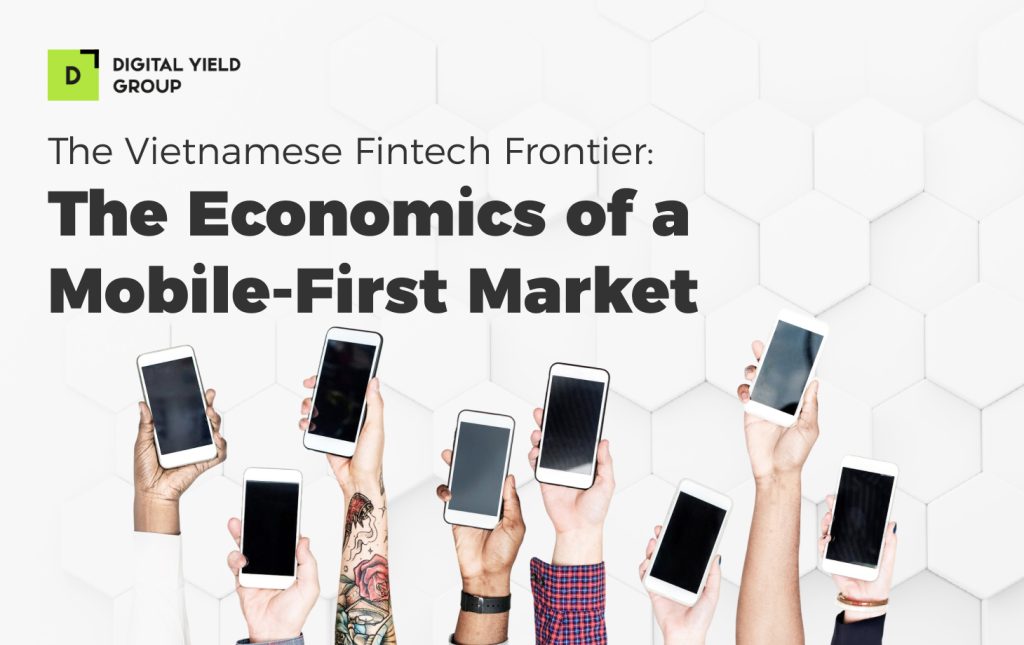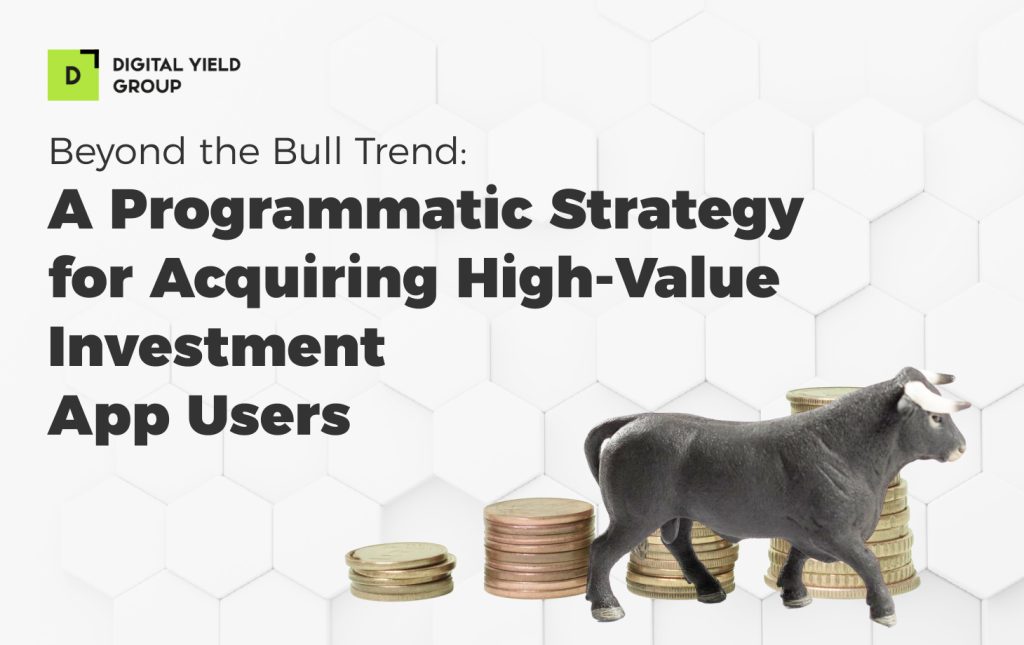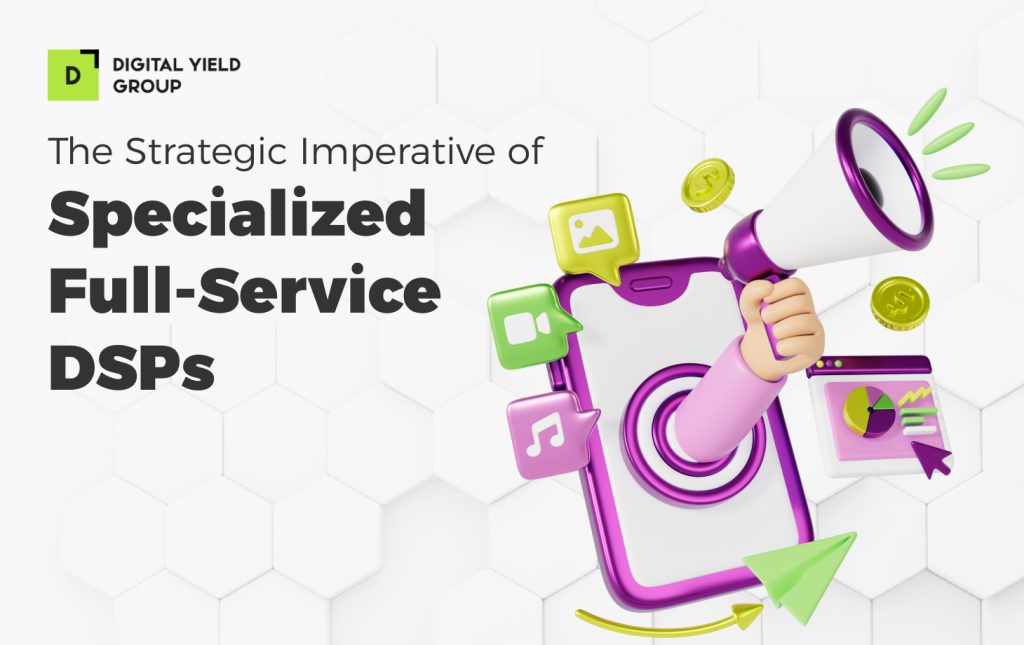The Vietnamese Fintech Frontier: The Economics of a Mobile-First Market

Vietnam’s mobile app economy is gaining momentum, fast. In 2024, overall app installs rose by 11%, while finance apps saw a 70% surge in installs and a 99% increase in sessions. On average, users spend 7.3 hours a day on their phones, engaging with nearly 29 apps each week. Behind the numbers is a market full of energy, curiosity, and digital confidence.
With near-universal mobile access, solid infrastructure, and a new generation of engaged users, Vietnam is shaping into a mobile-first economy. Fintech is at the forefront, growing faster than many of its regional peers. For those looking to enter or expand, this is an open window that welcomes smart, early moves.
I. A Market Primed for Fintech Dominance
Vietnam’s digital landscape is proving to be exceptionally fertile ground for mobile app growth, especially in the finance sector. As of early 2025, the country recorded 127 million mobile connections, surpassing its total population and reaching a penetration rate of 126%. For mobile finance apps, this translates into more than just reach. It signals meaningful opportunities for in-app conversions, repeat usage, and long-term retention beyond the initial download.
Valued at $15.4 billion in 2024, Vietnam’s fintech market is projected to grow at a compound annual rate of 17.8%, reaching over $67 billion by 2034. This momentum is strongly supported by government policy. Initiatives like the national “cashless society” strategy, plans for full 5G coverage, and the initiation of a fintech sandbox in April 2025 are not only catalyzing innovation but also helping to create a more stable environment for digital finance to scale.
At the same time, user preferences are shifting and trust is emerging as a key competitive factor. In Q4 2024, independent fintech apps like MoMo and ZaloPay saw penetration rates decline by 8 percentage points, falling to 61% and 36% respectively. Bank-owned apps, meanwhile, held steady at 34% and gained in user preference, which rose three percentage points to 26%. The message is clear: users are increasingly favoring platforms they associate with reliability and long-term presence.
The competitive landscape is also expanding. While MoMo continues to lead with an average usage of 4.16 times per week and a commanding 68% share of the e-wallet market (31 million users), traditional banks are making major digital moves. MB Bank has rolled out a super-app that includes over 200 mini-apps, while Vietcombank’s AI-powered assistant now handles 88% of customer queries. These developments suggest that the future of finance in Vietnam will be shaped not just by fintech-first players, but by how well traditional institutions can innovate, adapt, and meet users where they are.
II. User Acquisition Principles for Vietnam’s Finance Apps
To thrive in Vietnam’s fast-moving market, user acquisition needs to go beyond standard tactics. From 2021 to 2024, finance app downloads rose from 122 million to 135 million, and total in-app time nearly doubled: from 237 million hours in 2021 to reaching 444 million. This indicates a deepening reliance on these platforms by existing users, but success comes from going even deeper. Marketers must align creative content with user intent and target audiences based on demographics, interests, and behavioral signals.
For independent FinTechs, the challenge is reaching new audiences and converting installs into daily use. This is where Performance DSPs and ad exchanges can be valuable allies, offering local insights and optimized media buying. Video ads, rewarded formats, and well-crafted referral programs continue to be especially effective at driving engagement and unlocking organic network effects.
Among the various finance app subgenres in Vietnam, Consumer Banking dramatically outpaces all others. In fact, seven of the top ten downloaded finance apps were from this category during Q4 2024, with MB Bank, VCB Digibank, and BIDV Smartbanking leading the way. During the single quarter, the 16.7 million downloads of consumer banking apps, which is more than all the other Finance app subgenres combined. In a distant second, reaching just 6 million in the same time period are the Lending apps.
Above all, localization is essential. Broad, global campaigns rarely land in a market as culturally nuanced as Vietnam. To build meaningful connections, user acquisition strategies must be hyper-local, drawing on local holidays, cultural references, humor, and community values. This level of cultural alignment builds trust, improves conversion, and lays the groundwork for long-term user loyalty.
III. Vietnam’s Apps Monetization Snapshot: 2024-2025 Insights
Vietnam’s high level of mobile integration is opening clear opportunities for finance apps, especially in online banking. Usage of banking apps continues to rise and is expected to reach 88% penetration by 2025. Globally, finance apps have proven resilient across platforms, with downloads climbing 26% in 2024. The APAC region, Vietnam included, led the charge with a 41% year-over-year increase in installs. Monetization is also improving: global ARPMAU for finance apps rose from $3.40 to $4.10 in 2024, reflecting stronger user value and engagement.
In Vietnam, these trends point to a market that’s beginning to mature. The steady growth in online banking app usage, combined with a rise in ARPMAU, suggests that both adoption and monetization are deepening. As hybrid monetization models that include blending in-app purchases, ads, and subscriptions become more common, finance app marketers have an opportunity to go beyond one-off transactions and build more flexible, sustainable revenue strategies.
Conclusion
The surge in finance app installs and sessions is outpacing broader app market trends. This signals a pivotal moment for smart, well-executed user acquisition. To make the most of this opportunity, mobile marketers need to take a multi-layered approach. Deep integrations with local “super-channels” like Zalo, as seen with ZaloPay’s rise, offer a powerful way to embed financial services into everyday routines. At the same time, partnerships with performance DSPs, ad exchanges, and OEMs can unlock high-intent audiences and create more efficient acquisition paths.
As Vietnam’s digital finance market continues to mature, success will depend on adopting flexible monetization strategies and staying closely aligned with both consumer behavior and the evolving regulatory landscape. This is where experienced partners like Digital Yield Group can help, offering the tools and local insight needed to move with speed and precision. The window is open. Those who act now, and act smartly, will be best positioned to lead in this fast-growing market.


